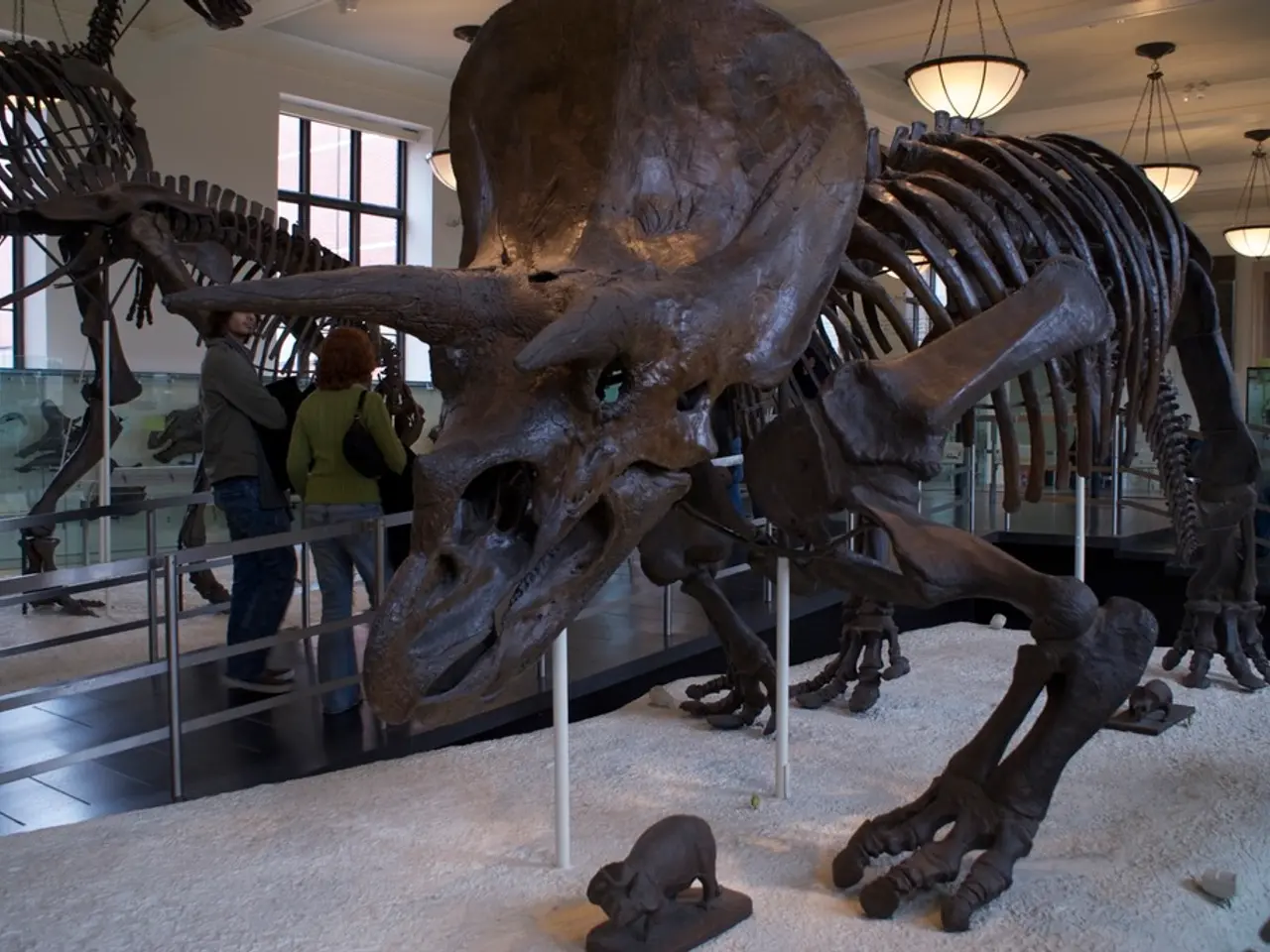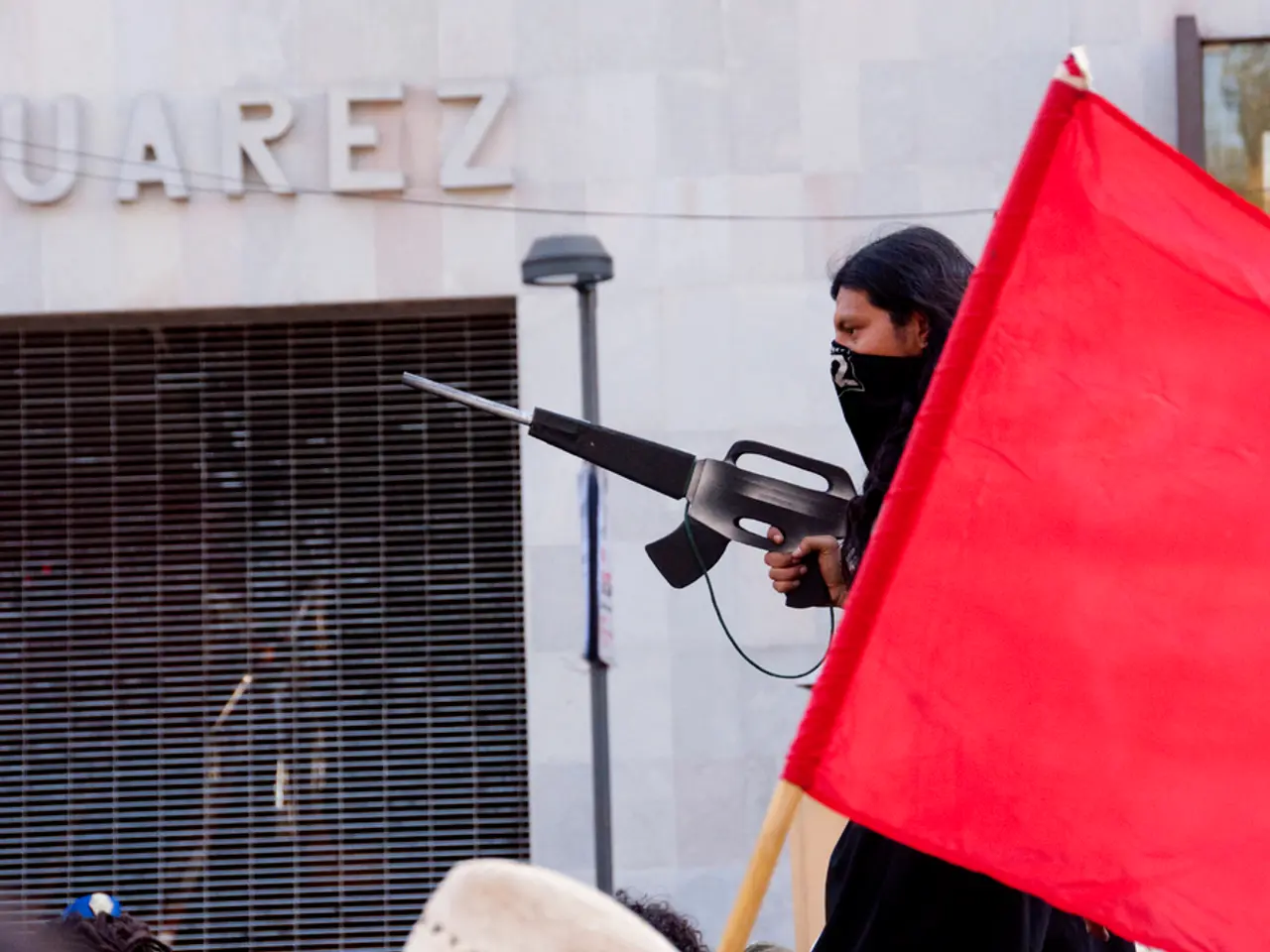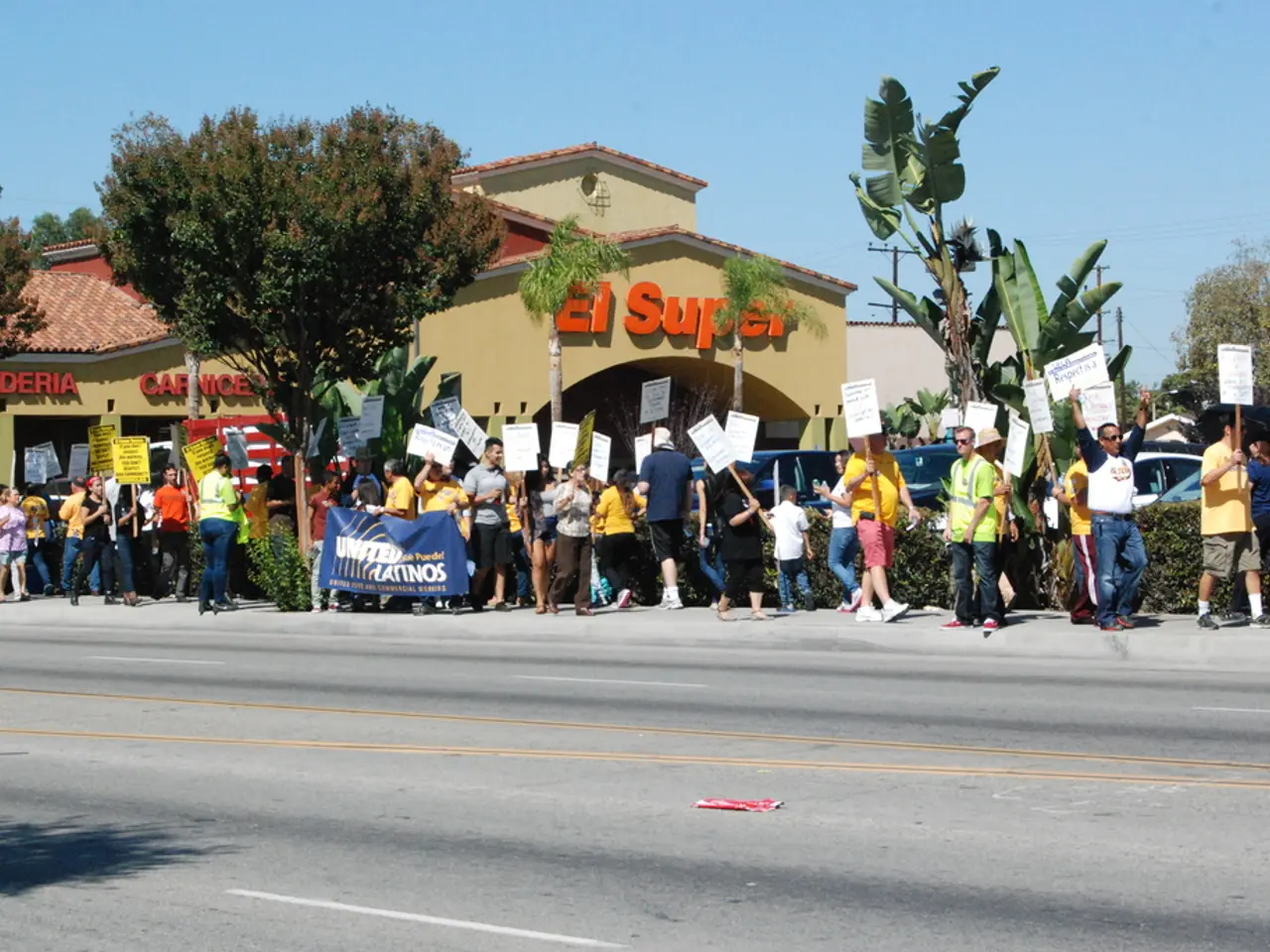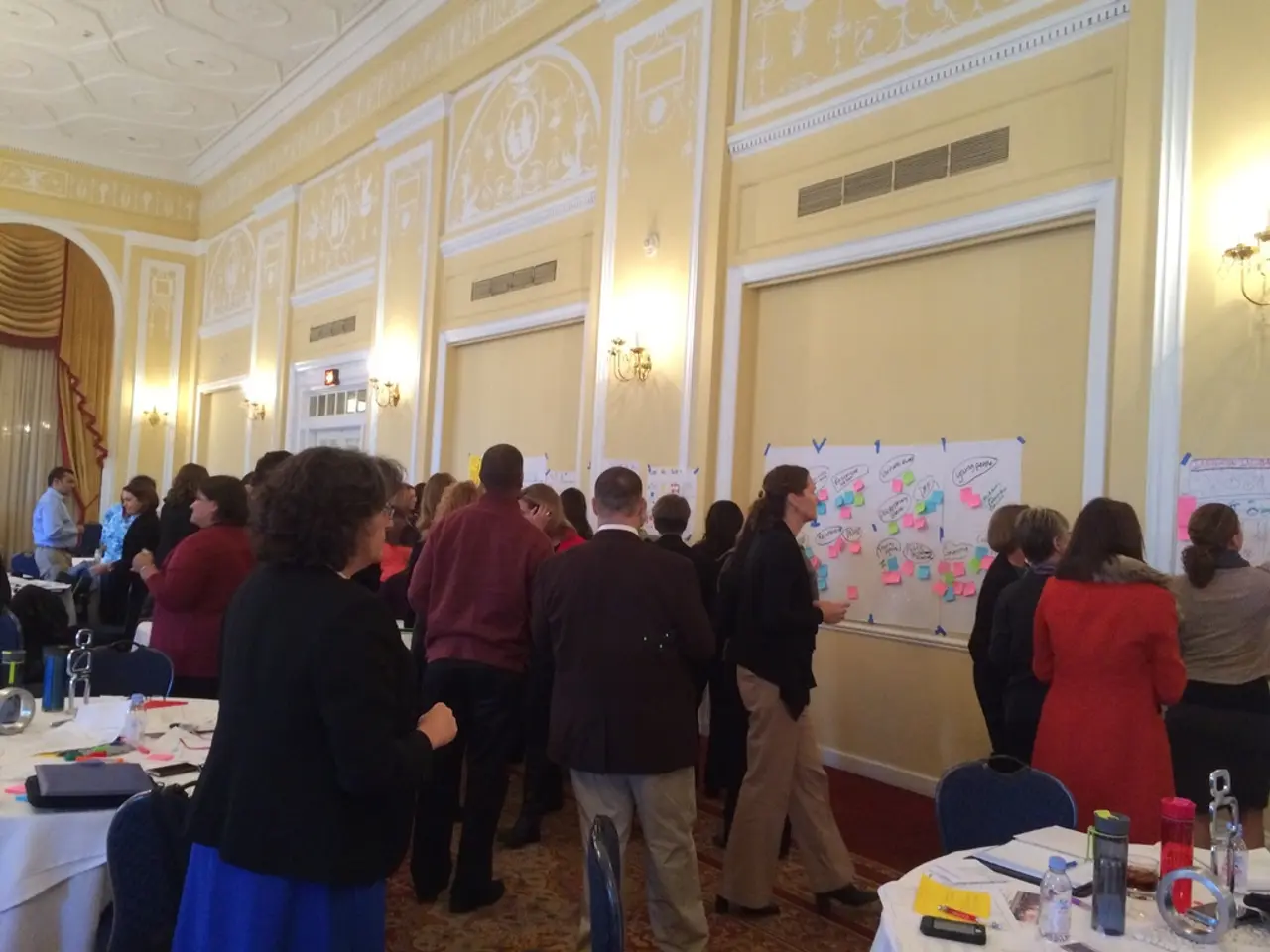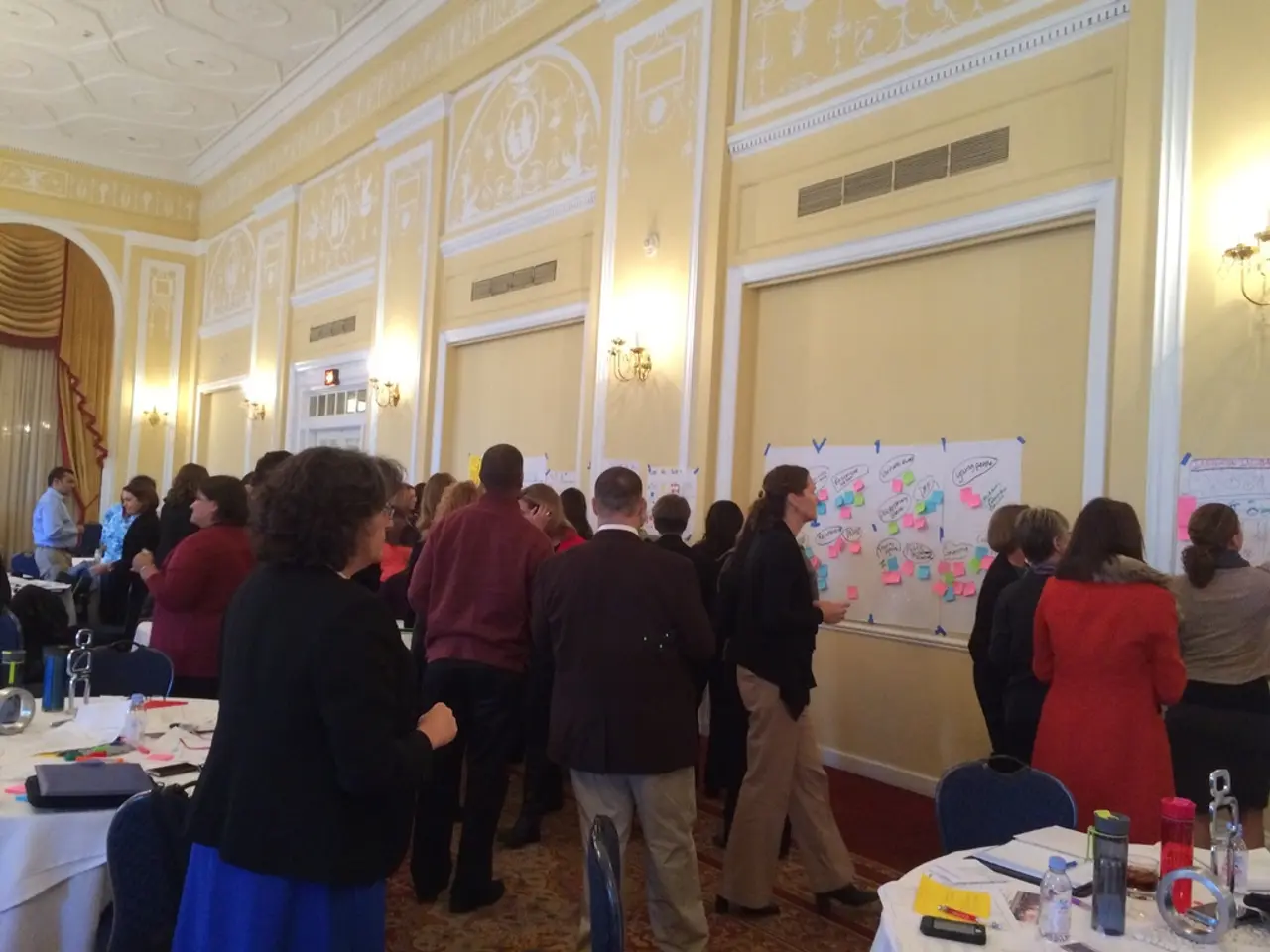Sirius' Leading Figure Warns of Perils from BPL Waste and Stresses the Importance of Accountability for Air Defense Footage
In the early hours of the morning, a drone attack occurred in the Adler District of Sochi, a popular resort town in Russia. The incident, which took place overnight, has left locals and tourists shaken, with many describing the night as terrifying.
The head of the Federal Territory of Sirius, Dmitry Plyushkin, addressed residents and visitors following the attack, urging them not to record or publish photos and videos of the aftermath. He also warned about the danger of contact with drone debris, as they may be explosive or toxic.
One of the drones hit a 2000-cubic-meter oil product reservoir at an oil base, causing a large fire. More than a hundred firefighters and 35 units of equipment were involved in extinguishing the fire.
Anastasia Klyueva, a resident of Sochi, shared her account of the incident on VKontakte, providing unique insights into the event. There may be posts about the attack on Telegram, WhatsApp, and Viber from people in Sochi or the surrounding area. A link to the incident may be shared on various social media platforms for discussion, leading to a surge in online discussions.
In such critical scenarios, it's essential to have coordinated safety and security responses. Specific safety measures for dealing with downed drones, especially after incidents like attacks, focus on public safety, securing the site, and identifying the drone's operator.
These safety measures combine technology, operational protocols, and first responder procedures. For instance, establishing a safety perimeter around the drone helps prevent injuries, as some drones may carry hazardous materials or explosives. Using Remote ID technologies and verifiable digital credentials embedded in drones can help identify the operator quickly. Modern systems allow first responders or public safety officers to query a drone’s cryptographic identity remotely, determining legitimacy or potential threats instantly.
Public safety teams should be trained in drone incident response, including safe handling, decontamination if hazardous materials are involved, and evidence collection. They should also notify local law enforcement, airspace regulators, or counter-UAS units trained to handle suspicious or hostile drones, who can coordinate bomb disposal units if needed and investigate the event further.
While drone collisions are rare, downed drones after attacks pose unique risks that require these coordinated safety and security responses. By adhering to these measures, we can ensure the safety of the public and aid in the investigation of such incidents.
- As the incident involving the drone attack in the Adler District of Sochi unfolds, discussions about the event are likely to dominate various platforms such as Telegram, WhatsApp, and Viber, necessitating the need for coordinated safety and security responses.
- In light of the drone attack causing a large fire, it's crucial for public safety teams to prioritize implementing safety measures, including establishing a safety perimeter and utilizing Remote ID technologies, to protect the public, secure the site, and identify the drone's operator.

